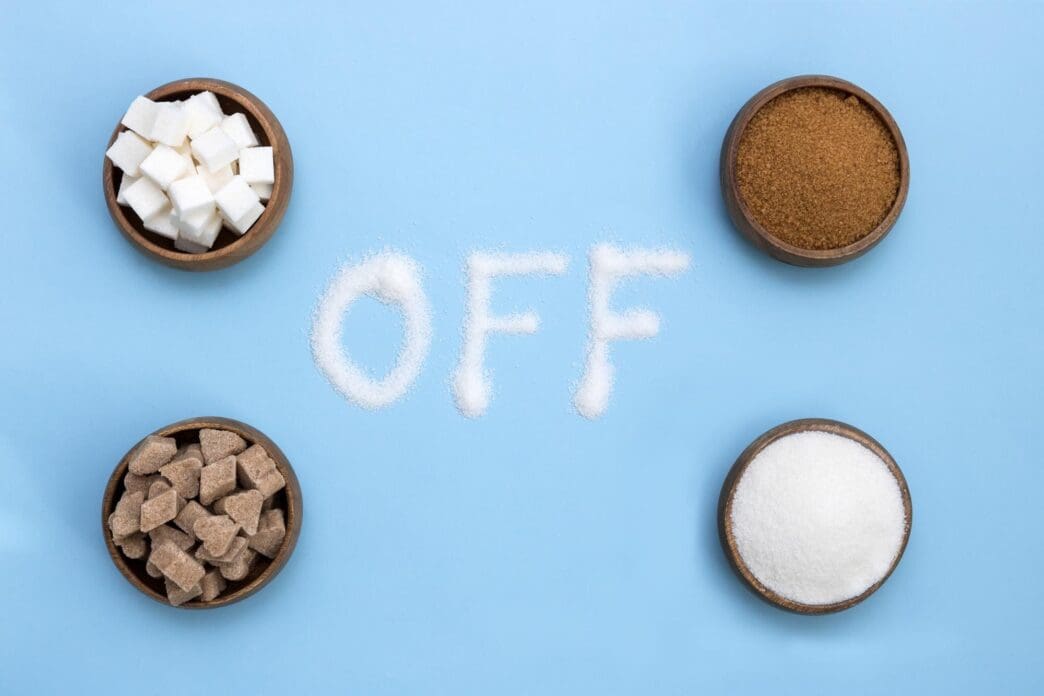A Quick Takeaway
The Story Behind the Trend
How to Make It Work for You
The Community View
Stevia, a natural, zero-calorie sweetener derived from the *Stevia rebaudiana* plant, has emerged as a popular sugar substitute for individuals seeking to reduce their caloric intake and manage blood sugar levels. But as with any food additive, questions surrounding its long-term safety and potential health implications are paramount for consumers worldwide. Extensive scientific research and rigorous evaluations by major regulatory bodies, including the U.S. Food and Drug Administration (FDA) and the European Food Safety Authority (EFSA), have largely affirmed the safety of highly purified steviol glycosides for general consumption, provided they are consumed within established acceptable daily intake levels.
What Exactly is Stevia?
Stevia is not a single compound but rather a collection of sweet-tasting compounds called steviol glycosides, found naturally in the leaves of the *Stevia rebaudiana* plant. Native to South America, particularly Paraguay and Brazil, indigenous populations have used stevia leaves for centuries to sweeten foods and beverages.
The most common and intensely sweet steviol glycosides are Stevioside and Rebaudioside A (Reb A). These compounds are responsible for stevia’s characteristic sweetness, which can be 200 to 400 times sweeter than table sugar, meaning only a tiny amount is needed to achieve desired sweetness.
Highly Purified vs. Whole-Leaf Stevia
It is crucial to distinguish between highly purified stevia extracts and whole-leaf stevia or crude stevia extracts. Regulatory bodies like the FDA have granted “Generally Recognized As Safe” (GRAS) status only to highly purified steviol glycosides, such as Reb A or Stevioside, for use as a food additive.
Whole-leaf stevia and crude stevia extracts, while natural, do not have the same safety designations. This is because comprehensive toxicological studies required for food additives have not been conducted on these less refined forms, and they may contain other plant compounds that haven’t been thoroughly evaluated for safety.
Regulatory Approvals and Acceptable Daily Intake (ADI)
The safety of highly purified steviol glycosides has been meticulously reviewed by leading health organizations globally. The FDA first granted GRAS status to Reb A in 2008, followed by other steviol glycosides. Similarly, the European Food Safety Authority (EFSA) approved steviol glycosides for use in the EU in 2011.
These organizations establish an Acceptable Daily Intake (ADI) for steviol glycosides, typically expressed as milligrams per kilogram of body weight per day. The ADI represents the amount of a substance that can be consumed daily over a lifetime without appreciable health risk. For stevia, the ADI is generally set at 4 milligrams of steviol equivalents per kilogram of body weight per day.
Potential Health Benefits
Beyond its zero-calorie status, stevia offers several potential health advantages. It does not raise blood sugar levels, making it an excellent option for individuals with diabetes or those managing their glycemic response. Unlike sugar, stevia is also non-cariogenic, meaning it does not contribute to tooth decay.
Some preliminary research has explored stevia’s potential role in blood pressure regulation, with certain studies suggesting a modest hypotensive effect. However, it is not considered a treatment for hypertension, and more robust research is needed in this area.
Addressing Safety Concerns and Myths
Despite widespread approval, some common concerns and myths about stevia persist. Early studies on steviol, a metabolite of steviol glycosides, in the 1980s raised questions about potential mutagenicity. However, subsequent, more rigorous research by multiple international bodies has consistently found no evidence that stevia causes cancer or genetic mutations at typical consumption levels.
Concerns about stevia’s impact on the gut microbiome are also frequently discussed. While some studies suggest minor shifts in gut bacteria, the overall consensus from regulatory bodies is that highly purified steviol glycosides do not pose a significant threat to gut health at typical intake levels. Any digestive discomfort experienced by some individuals is often attributed to other ingredients in stevia blends, such as sugar alcohols like erythritol.
Allergic reactions to stevia are extremely rare. The highly purified extracts contain very little of the plant protein that typically triggers allergic responses, distinguishing them from whole-leaf stevia, which might theoretically pose a higher risk.
Who Can Safely Consume Stevia?
Highly purified steviol glycosides are considered safe for the general population, including children, pregnant women, and individuals with diabetes, when consumed within the established ADI. For pregnant women and children, moderation and consultation with a healthcare provider are always recommended, as with any dietary changes.
Making Informed Choices
When selecting stevia products, look for labels indicating “highly purified steviol glycosides” or specific compounds like “Rebaudioside A.” Be mindful that many commercial stevia products are blends, often combining stevia with other sweeteners like erythritol or dextrose, which can contribute to the product’s overall characteristics and caloric content.
A Sweet and Safe Alternative
The extensive body of scientific evidence and the consensus among global health authorities affirm that highly purified steviol glycosides are a safe and effective sugar substitute. For those looking to reduce added sugars in their diet, stevia offers a natural, zero-calorie option that can support healthier eating patterns without compromising taste or safety, provided it is consumed responsibly and within recommended limits.







